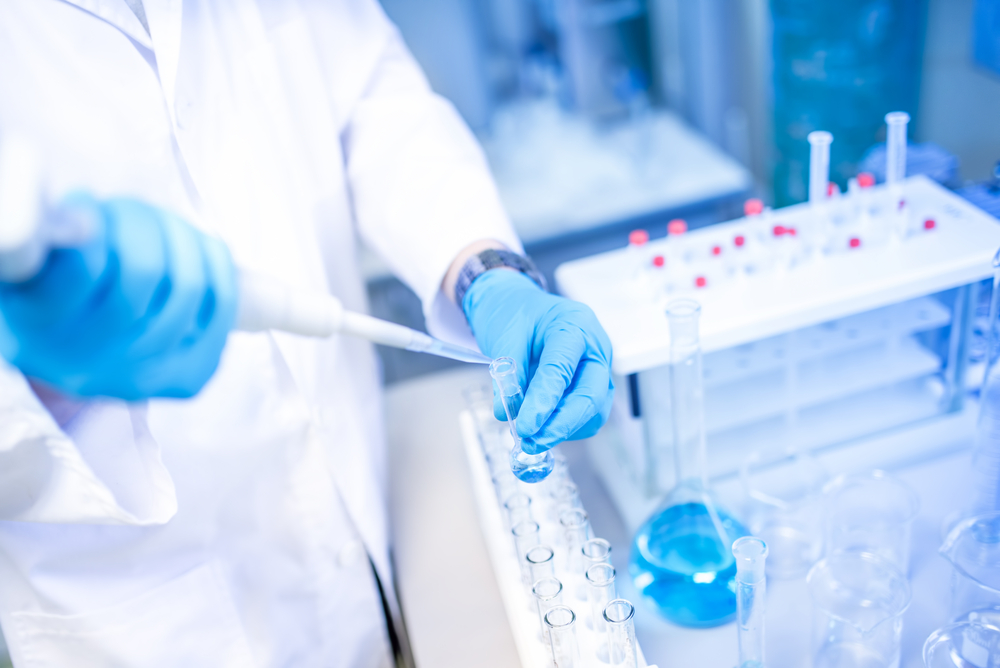Researchers Block Protein Involved in Duchenne Muscular Dystrophy

In a recent study published in the journal PLOS Medicine, a team of researchers from the University of Portsmouth, U.K., led by Professor Darek Gorecki, was able to block a protein called P2RX7 which is involved in Duchenne muscular dystrophy (DMD). The results established that a specific treatment can improve both short- and long-term muscle function, and also correct cognitive impairment and bone loss in a DMD mice model. Although the experiments are still at an early stage and no tests have been performed in humans, these findings could lead to a promising treatment for patients with DMD.
In a previous study, the research team had found that P2RX7 disrupted the signals between cells, transforming this protein into an attractive research target. As Professor Gorecki explained of the recent study, “removing P2RX7 has had a measurable effect on many of the disease’s mechanisms affecting the skeletal and cardiac muscles, inflammatory cells, brain and bone. Given the impact of the genetic blockade and the preliminary results of pharmacological treatment, we are very hopeful that this might be a good therapeutic target.”
Duchenne muscular dystrophy (DMD) is the most common inherited muscle disease, leading to severe disability and death in young men, which is caused by the progressive degeneration of striated muscles aggravated by sterile inflammation. The pleiotropic effects of the mutant gene also include cognitive and behavioral impairments, and low bone density. Worldwide, the condition affects nearly one in every 3,500 boys.
The study, which resulted from an international collaboration of scientists in Russia, Italy, the United States and France, showed that genetic ablation of P2RX7 can improve muscle function in the short and long term, and can also correct cognitive impairment and bone loss in a mouse model of DMD. The researchers indicated that in mdx mice, P2RX7 ablation has an impact in multiple disease mechanisms that affect skeletal and heart muscles, inflammatory cells, brain, and bone. The improved cognitive and physical functioning was still evident 20 months after treatment, which was not found to have any side effects. Additionally, the results showed there was an improvement in some of the disease’s physiological parameters within four weeks of treatment with P2RX7 drugs, which may raise hope for a future pharmacological treatment to reduce disease severity.






